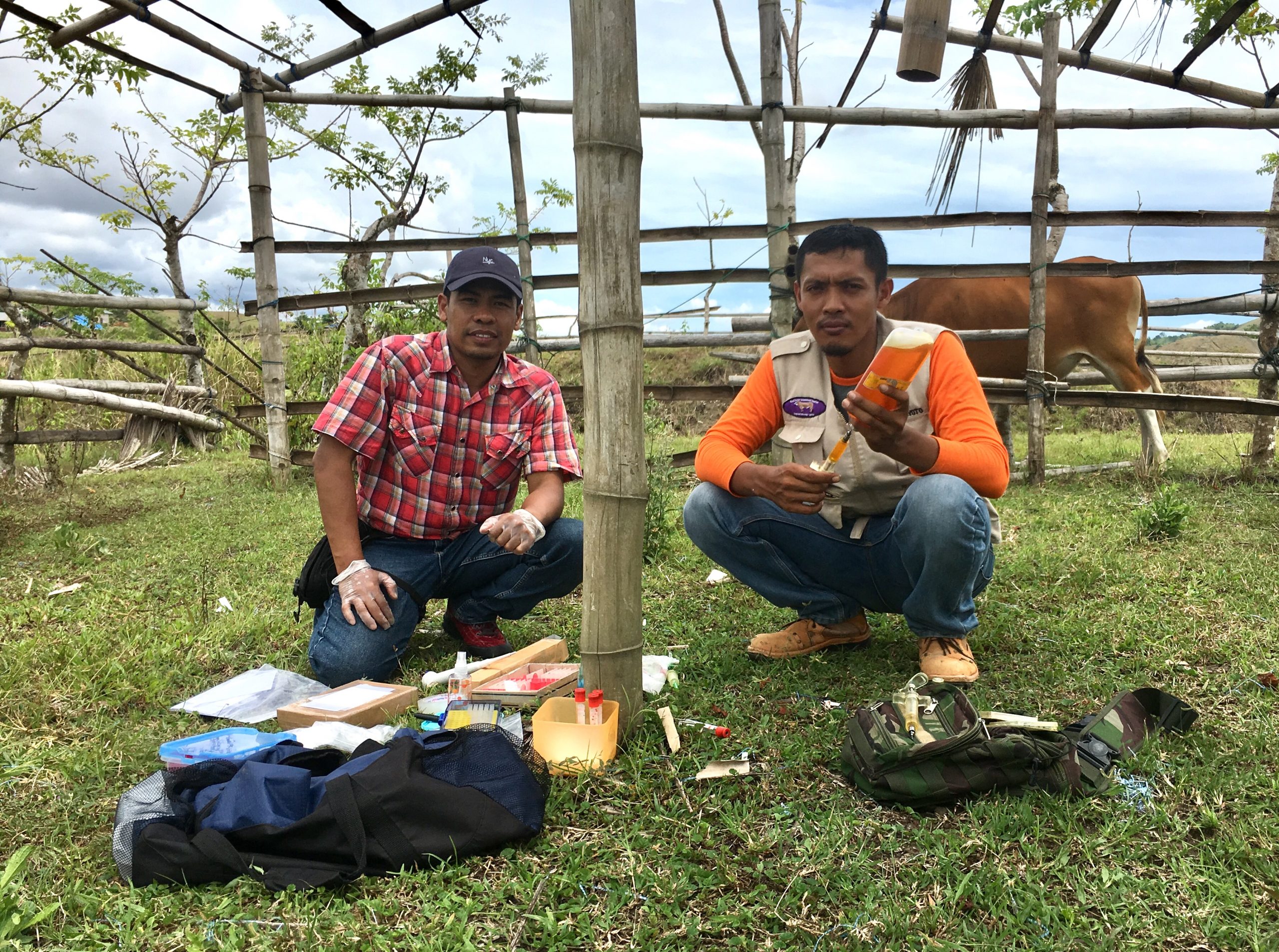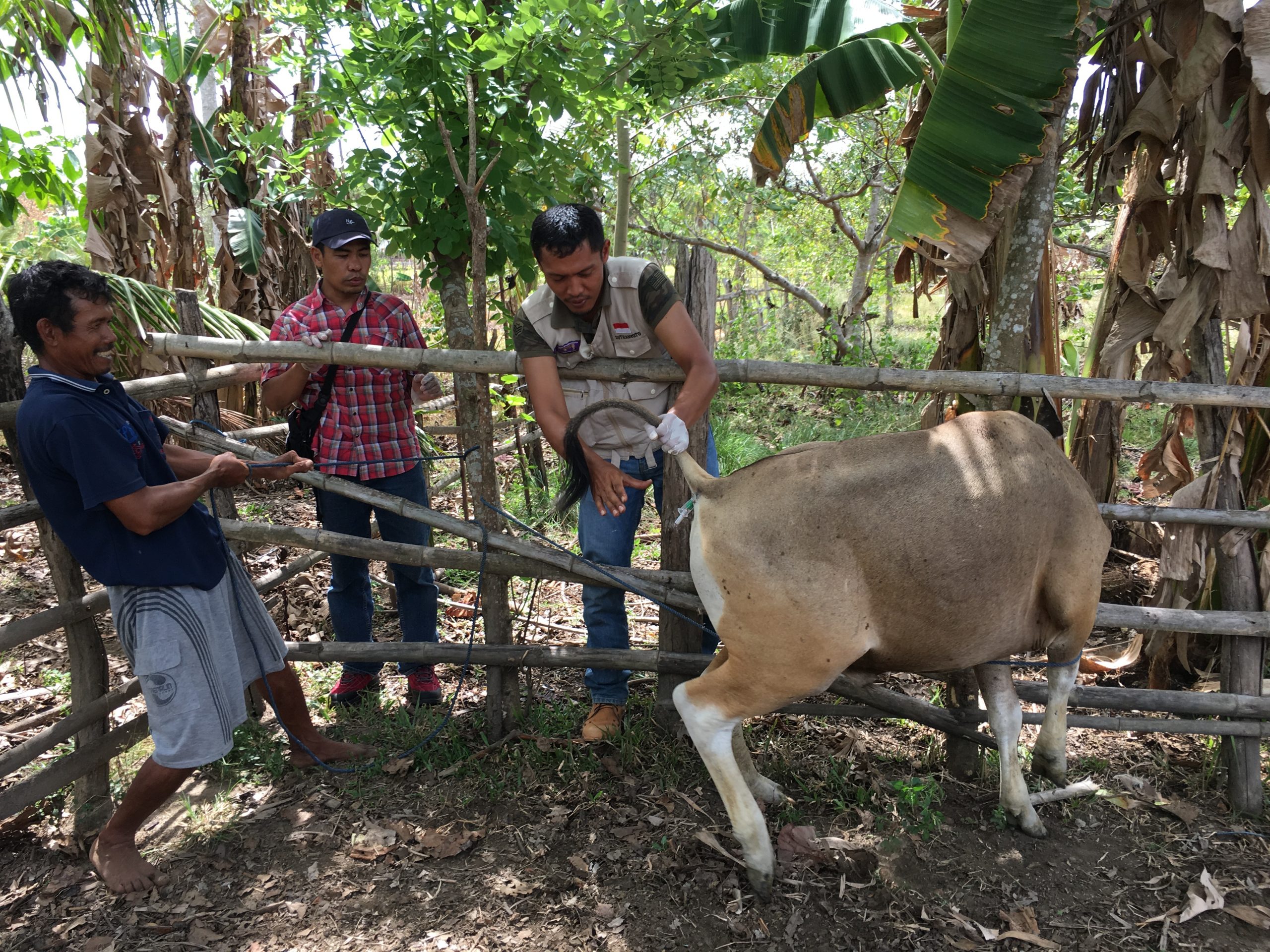Although some contamination originated from natural geological sources, anthropogenic activities such as mining industries are also the main contributors to environmental damage and toxic metal pollution. The food chain, especially livestock tend to bioaccumulate mercury (Hg) in their bodies. As a part of the environmental impact assessments, members of SRIREP project team used analyses of cattle hair samples to investigate Hg contamination in cattle farmed within and outside of the artisanal and small-scale gold-mining areas in Bombana, Southeast Sulawesi, Indonesia. The researchers also examined the various factors that might have influenced the toxicity, such as the environmental conditions, sex, and age of the cattle. Those hair samples of cattle were analyzed by particle-induced X-ray emission spectrometry.

The significant findings of Hg concentration in hair from cattle farmed within the artisanal and small-scale gold mining area than in those farmed outside the area had been recorded in our studies. A possible cause of this is contamination by mercury persistent in the terrestrial food chain. The results indicate that the level of toxic metals such as Hg needs to be controlled in food sources to protect human health.

One of our studies which had been conducted in Bombana, Southeast Sulawesi, Indonesia was published as an article entitled Mercury Contamination of Cattle in Artisanal and Small-Scale Gold Mining in Bombana, Southeast Sulawesi, Indonesia. For more information about this research, please visit here to see the full research paper and its results.
